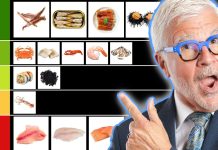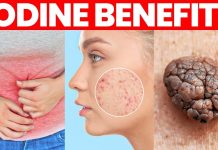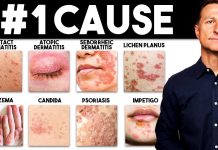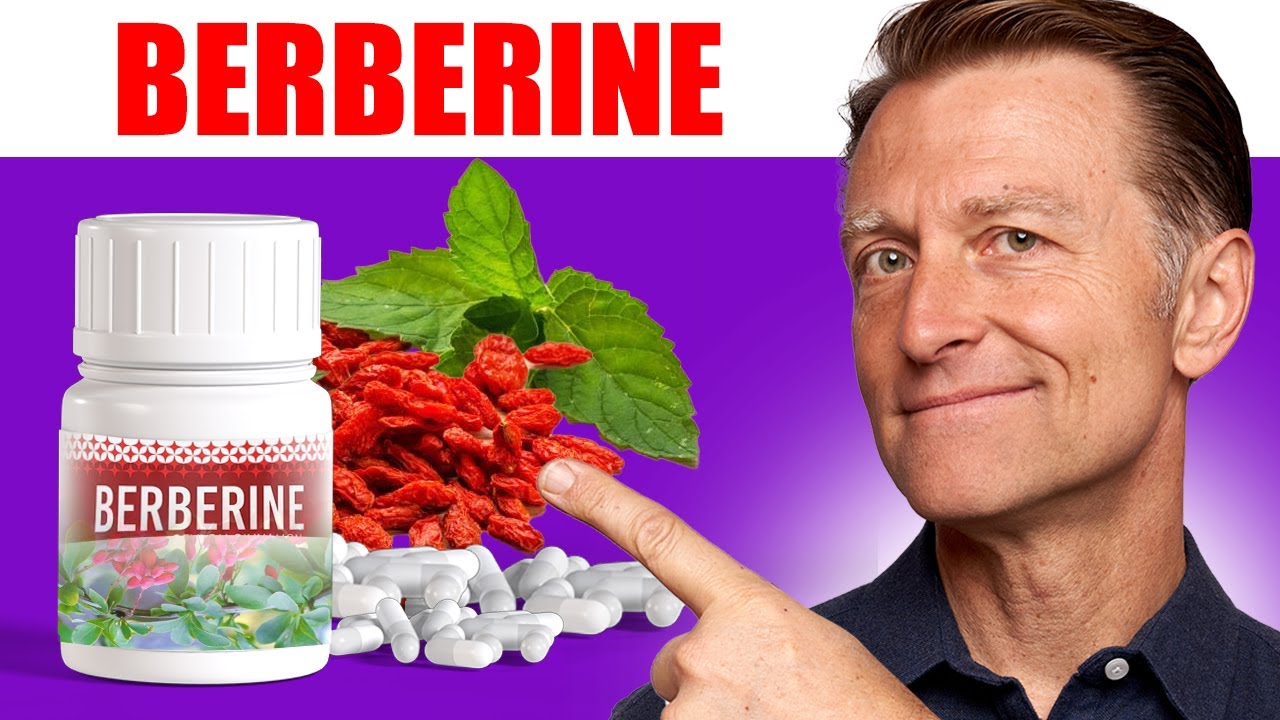The Hidden Key to Slowing Down Aging
There exists a concealed truth about why some individuals age far faster than nature intends, and it’s a revelation that many of us overlook until we find ourselves in the throes of aging. This knowledge is crucial irrespective of your age, for understanding the secret of iron’s dual nature could be your key to longevity.
The Iron Paradox
We walk a tightrope with iron. Too little, and our vitality dwindles; too much, and our lifespan shrinks. The irony here lies in iron deficiency anemia, an ailment widespread, yet masking a deeper, insidious truth: the surplus of iron. Professor Bruce Ames has unveiled this in groundbreaking research comparing the iron content in old versus young tissue. The body houses intricate systems safeguarding us from iron, for iron, when unchecked, has the potential to oxidize our very essence.
The Reactive Dance of Iron
Imagine, if you will, hydrogen peroxide bubbling fiercely over a wound, purging bacteria. Iron reacts similarly, threatening our cells with its fiery energy. This oxidative stress, unchecked, ravages the DNA, assaults the cell membranes, and disrupts our mitochondria. Yet, fear not, for our bodies are adept, producing hydrogen peroxide as a weapon against microbial foes. Dysfunction arises when these processes spiral out of control, leaving us vulnerable.
The Iron Trap
Anemic children often suffer from dysfunctional iron—a cruel irony where iron is hoarded within the tissues, unavailable to the blood cells. Our food supplies bursting with iron, yet this imbalance persists, potentially exacerbating conditions like Alzheimer’s, Parkinson’s, and even cancer. Iron, in excess, becomes a catalyst for oxidation, a fire without a damping field of antioxidants to quell it.
The Antioxidant Arsenal
Within us lies an antioxidant network beyond the meager offerings of supplements and diet, a powerful defense forged from within. Chronic infections and persistent inflammation, compounded by the natural progression of age, fuel this oxidative inferno. The body ingeniously recycles iron, yet when pathogens breach our defenses, they feed voraciously on iron, amplifying our vulnerabilities.
The Symphony of Minerals
Consider copper, a trace element crucial in the harmonious dance with iron. Too much iron and too little copper jeopardizes equilibrium. Before inundating yourself with copper, curb iron exposure—the unsung villain dwelling in flour, grains, and refined carbohydrates. Shellfish, organ meats, sunflower seeds, and even dark chocolate offer copper, providing an ally in this intricate dance.
The Wisdom of Experience
A personal revelation through frequent metabolomic testing uncovered high oxidative stress levels, a byproduct of relentless exercise. This epiphany led to the embrace of glutamine, an amino acid abundant in red meat, to bolster the antioxidant reserves, showcasing the profound relationship between lifestyle and oxidative demand.
Nourishing the Antioxidant Network
Beyond copper, trace minerals such as zinc, manganese, magnesium, and selenium fortify our defenses, often sourced from the bounty of the sea. Iron removal demands more than mere avoidance; it requires enriching our internal antioxidants, embracing foods rich in coratin from onions, and curcumin from turmeric.
The Melatonin Revelation
Melatonin, a therapeutic balm, emerges as a potent regulator of iron, with infrared rays—abundant in sunlight—enhancing its production. Meanwhile, tannins in black tea offer gentle chelation, but lactoferrin, found in raw milk and cheese, stands as a formidable force in reducing cellular iron.
Vigilance in Knowledge
As you stand at the threshold of understanding, arm yourself with vigilance. In your next blood test, seek out ferritin levels, aiming to approach that elusive zero. May this knowledge seed within you the will to act, to transform, and to reclaim the wisdom of your body’s intricate balance. Until we meet again, journey well upon this path of discovery.








































